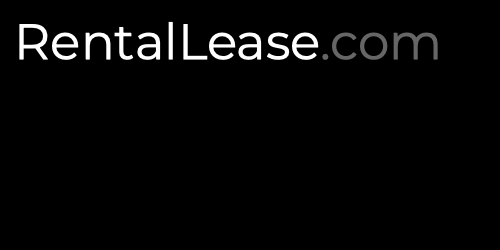Nebraska Rental Application Template
Try Other Programs
The Vermont fourteen (14) day notice to pay rent gives a tenant fourteen (14) days to pay rent or vacate the property if they have failed to pay rent as per their lease agreement. This form shall be served on the tenant by the landlord and acts as a warning to the occupant(s) of the property that if rent is not paid, an eviction process may be started. If the tenant pays in time, the landlord will waive the notice….
The South Carolina five (5) day notice to quit is a form served upon a tenant if they fail to pay rent in accordance with their rental agreement. The document gives the tenant five (5) full days from the date of being served to pay all that is owed to the landlord or vacate the premises. If the amount is paid, the lease can continue. Failure to adhere to the demand will result in the immediate termination of the lease and…
The New York standard residential lease agreement allows an owner or landlord of the property to legally rent livable space to someone else. The tenant will be required to pay rent and take responsibility for a portion or all of the utilities, a condition to be determined during the negotiations between both parties. Once the landlord and tenant sign the agreement, it becomes final thus legally binding. The Tenants’ Rights Guide may be referenced for additional information about landlord-tenant laws….
The South Dakota standard residential lease agreement is a written contract between a property owner and/or manager and an individual looking to rent an apartment, house, or other residential space. The document specifies the terms and conditions between the parties including rent amount, payment date, lease term, security deposit, tenant responsibilities, etc. Before signing the document, the tenant and landlord should negotiate the terms so the rental arrangement is fair to both parties. One (1) year is the standard term…
The New Hampshire rental application is a tool used by landlords to check the credit and background of any potential lessee before authorizing a lease. The landlord is allowed to collect a non-refundable payment for the processing and verification of all credit and background checks. The landlord must make sure that before looking up the credit of the individual, that the applicant signs the bottom acknowledging that they are giving up their rights in order to have the landlord or…





